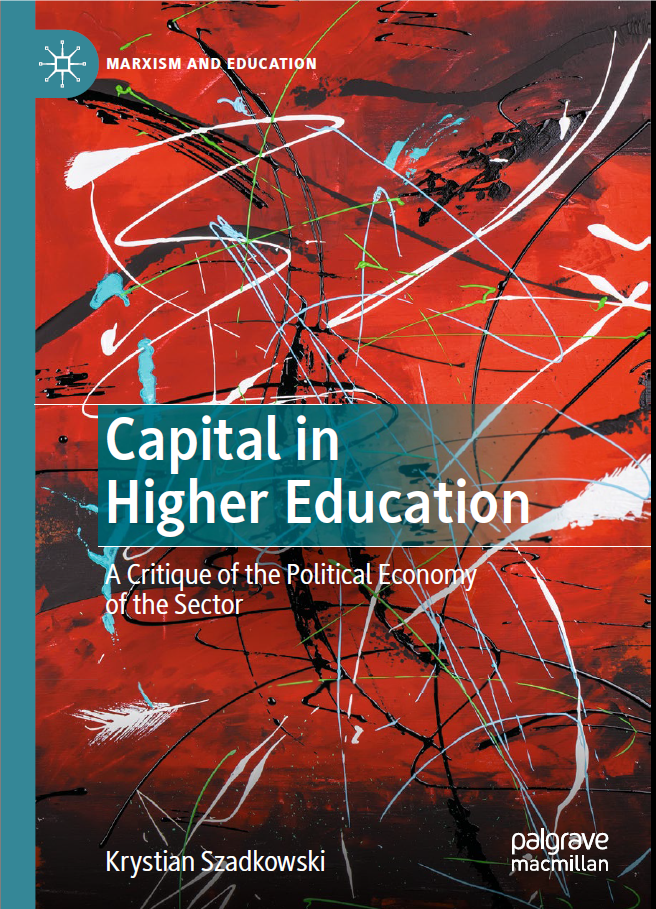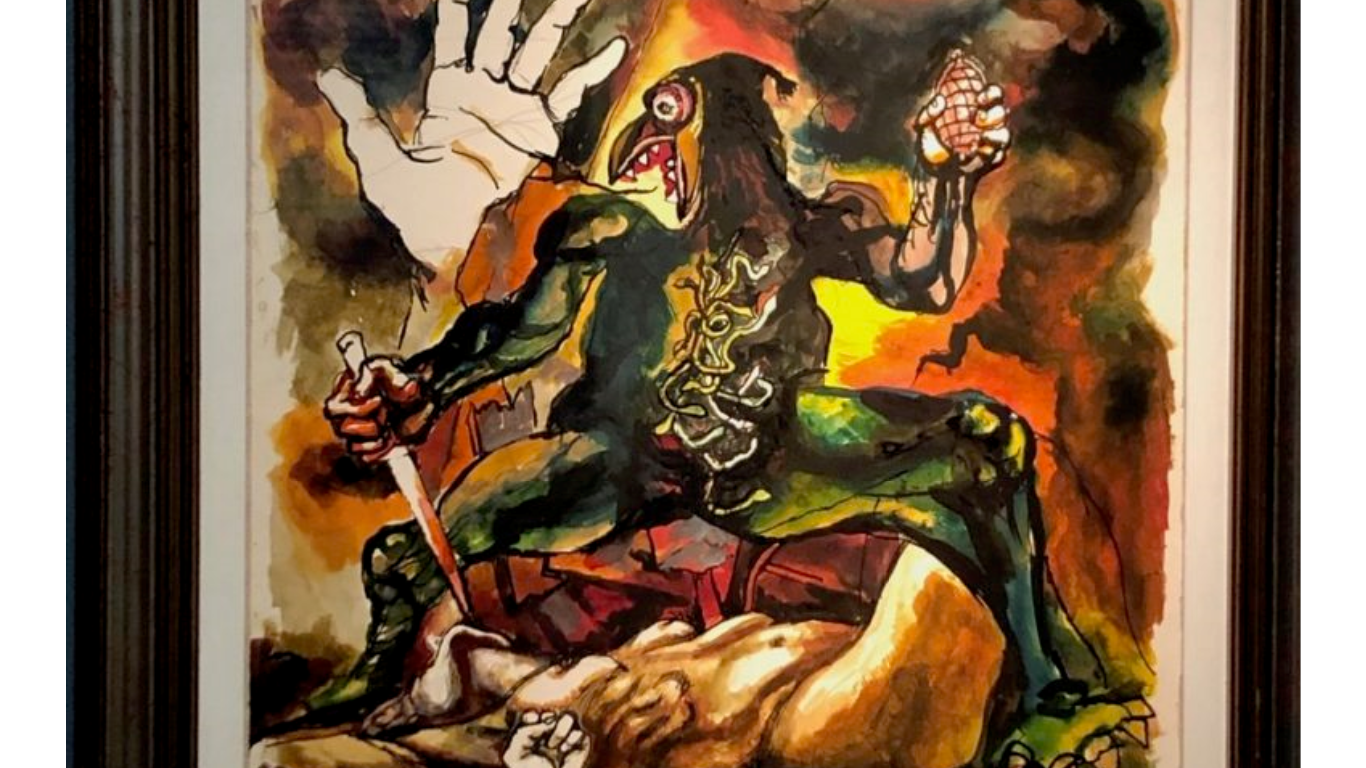Ci spostiamo dall’altra parte del pianeta, in Brasile. Dilma Rousseff, erede di Lula, ha consentito al Partito dei Lavoratori (PT) di confermarsi per il quarto mandato consecutivo alla guida del governo federale del Brasile. Ma una profonda crisi economica ha messo a nudo il funzionamento di un sistema di governance strutturalmente corrotto che sta al centro del progetto economico “sviluppista” del governo. Come ha risposto Dilma di fronte alle crescenti tensioni sociali legate all’impoverimento dei lavoratori e di fronte alle proteste contro la rapina del territorio? Con violente repressioni, trasformando i manifestanti in terroristi, con l’approvazione di leggi antiterroristiche: “In August 2013, after the high tide of the protests, Dilma signed the Criminal Organizations Law. This law created a new category, “crime by association”, which was used immediately to investigate and arrest militant and human rights groups. Only in Rio de Janeiro, between 2013 and the end of the 2014 World Cup, 72 such groups were criminalized. The law also affected unions and Left opposition politicians…”.
In questa situazione incredibile, la “sinistra” preferisce mobilitarsi contro l’impeachment di Dilma, parlando di un “colpo di stato” e ridicolizzando sistematicamente le proteste di piazza…
******
The scene is that of a family dinner. The parents and the children are gathered around the table for one of the most sacred moments in Brazilian family life. But suddenly, there is no food in the pans. The plates disappear and they are left devastated. We then turn to another room where bankers are shamelessly having a meal. The message is: this is what will happen if Marina Silva wins the election. She will grant power to the banks, and this will mean a return to neoliberalism. This is just one example of Dilma Rousseff’s vicious campaign against the two main opposition candidates. Lula’s heiress won the election and gave the Workers Party (PT) its fourth consecutive term at the helm of Brazil’s federal government.
A year after the campaign propaganda, the country is going through a severe economic crisis, as shown by projections predicting a 2 percent fall in GDP in 2015. The dollar hovers around R$ 4.00, a historical record, while inflation is close to 10 percent per year. The government has reacted with a fiscal adjustment and cuts in pension payments, workers’ rights, public spending and social services – which is exactly the same austerity prescription that Dilma attributed to the opposition during the campaign. Joaquín Levy, the Minister of Finance, is a Bradesco bank executive and a Chicago School monetarist neoliberal. This is a serious crisis but, to give just an example, the profits of Banco Itaú in 2015 have grown by R$ 6 billion per quarter, which is a 25% increase in a year. In the same period, the base interest rate set by the government has risen four consecutive times, reaching 14.25 percent. In capitalism, the traditional response to a crisis is to save the banks and socialize the losses.
What happened between the elections and Dilma’s inauguration in January? Economist Márcio Pochmann, who is close to the PT, would only say that “she changed strategy”. The “strategy” of adopting a neoliberal agenda, however, had already been outlined by former minister Guido Mantega. The government knew that there was a crisis and was already planning a fiscal squeeze for the following year. So, the government lied twice during the election campaign. First, when it denied that the economy was in trouble; second, when it attributed to its opponents the very policies that the PT was to adopt once the campaign was over. The government chose the lie as a method, and won.
Early in 2015, there was no denying of the economic crisis. Together with some truth about the crisis and the prescribed remedies, the details of the “LavaJato” operation conducted by the federal police and the judiciary were made public. The corruption scheme that was unveiled involved Petrobras, large construction companies and politicians, mainly from parties related to the government: the Brazilian Democratic Movement Party (PMDB), the Progressive Party (PP) and the PT. Rather than exposing the moral shortcomings of those involved, “LavaJato” laid bare the workings of a structurally corrupt governance system at the core of the developmentalist economic project which had been operating for years. Funds intended for workers and oil prospecting were used again and again, through the public investment bank (BNDES), to establish oligopolies in key sectors of the economy. These oligopolistic “national champions” then received unconditional political support from the government to compete in the international market, obviating the costs for Brazil’s internal development and giving these companies a free hand to plunder both workers and the environment.
End of the happy party
The happy party ended at the beginning of 2015. When people became aware, simultaneously, of the economic failure of the developmentalist project, of the fact that the population would have to foot the bill, and that the government parties were directly involved in the corruption scheme, Dilma Rousseff’s approval ratings plummeted. Today her popularity is less than the inflation rate, which is even less than the approval rate of Fernando Collor de Mello on the eve of his impeachment in 1992. As a result, the anti-corruption movement was further strengthened. Using social media to self-convene in a “polycentric” way, it brought millions onto the streets on three occasions: in March, April and August. Across the country, the indignant marches exceeded by a ratio of 10:1 the counter-demonstrations organized by the government forces.
In this situation, the Brazilian Left has been unable to give a powerful response to the crisis. Instead of focusing criticism on development and governance policies carried out by the government, it has chosen to put in evidence the conservative tenor of the current Brazilian Congress and the unprecedented reactionary social progression. The perception within the Left is thus that, in spite of it all, Dilma’s government is still more to the Left than Congress and Brazilian society. So, evaluations to the effect that Dilma’s government is not as leftist as it should, subtly end up defending it. This was the logic behind the Left’s “critical vote” for the continuity of the government as a lesser evil –by comparison, that is, to the alternative scenario: a full-fledged neoliberal restoration. This logic still currently applies. At bottom, the government needs to be leftist just enough to be to the Left of Congress and society in general.
Such a strategy, which is aimed at maintaining internal cohesion, derives from an aggressive campaign by the pro-government media to show how the main problem lies in Congress and in society itself. This is propaganda of the type “rightism equals exploitation” which has split into two campaigns: Fora Cunha (Cunha Out) against Eduardo Cunha, the speaker of the lower house of Congress, and the disqualification of the 2015 protest cycle allegedly for its rightist bias. No importance is given to the uncomfortable fact that former president Lula himself acted politically to save Cunha and his PMDB allies.
The tragedy, however, is not that the Right is benefitting from the crisis, but that citizen discontent is converging against the Left, due to the latter’s almost congenital inability to distance itself from the PT and the government.
From protesters to terrorists
In June 2013, a massive protest, quantitatively similar to the 2015 demonstrations, took to the streets and raided the social media. Qualitatively, however, it was distinctly different from the current protests in several ways. The protests that took place two years ago, within the context of the Arab Spring, the European 15M, the Occupy Movement and the Gezi Park protests were much more than a movement against corruption, in that their agenda included public transportation, housing, and the transformation of political institutions. Protesters were fighting, in short, to deepen the post-dictatorship democratic transition regime. There was in fact the possibility to alter the power balance and to change the course of the political and economic projects. But both the PT government and most of the Left despised these protests, which they considered to be a “proto-fascist broth”, thus contributing to build up a repressive consensus which was to make a brutal descent onto activists and the movement a few months later.
The massive demonstrations did not result in any institutional changes, thus accelerating the widespread disenchantment with politics and politicians. Some in the Brazilian Right saw the 2013 social expression as an act of vandalism and organized crime. But the Left also joined in, with an added accusation: the intervention of fascist groups, manipulated by the CIA.
Today the government forces protest against the golpismo (putschism) that some in the opposition are dreaming of. But it is worth putting this alibi, which has been repeatedly used since the 2005 Mensalão scandal, into historical perspective. In August 2013, after the high tide of the protests, Dilma signed the Criminal Organizations Law. This law created a new category, “crime by association”, which was used immediately to investigate and arrest militant and human rights groups. Only in Rio de Janeiro, between 2013 and the end of the 2014 World Cup, 72 such groups were criminalized. The law also affected unions and Left opposition politicians.
In addition to this, the government in recent years has authorized military interventions in the favelas, underpinning the policy of “military pacification” inspired by the Medellín and Gaza models, which was already being enforced by its PMDB allies in the state of Rio. At the same time, the government did nothing regarding the continuing practice of the autos de resistência (resistance proceedings), a kind of safe-conduct granted to the police for carrying out summary executions which contributes to camouflage the number of murders and disappearances. In case of death of a suspect, the auto de resistência resolves the situation with a simple statement by the police assuring that the death occurred in conflict, so that further investigation into the circumstances is unnecessary. The repeal of this dismal practice was another of Dilma’s unfulfilled campaign promises in 2014, which naturally antagonized the human rights movements.
To complete the picture, in 2015 Dilma presented Congress with the first anti-terrorism law of Brazil, a country that has never historically suffered from this kind of activity. The bill was taken to parliament for urgent processing, so that it can be in force during the Olympic Games of 2016 – at which time the crisis will probably be even more entrenched. In a way, the coup in Brazil has already happened.
The need of a breakthrough
Against this background, the Left prefers to mobilize against Dilma’s impeachment (which they call a “coup”) and to systematically ridicule the street protests which, with the worsening of the crisis and the deepening of the “LavaJato” investigation, will no doubt increase in number and intensity. The solution is now an idealized “exit on the Left,” as if there was an ideological door through which one could simply escape – there is not. As in 2013, the solution can only be worked out through struggles aiming at opening a gap in the existing situation. But today, thanks to the repression that the government itself sanctioned in 2013/2014, things are notably more difficult for the new movements.
The solution needed will have to be carved out of the rising tide of indignation that feeds on the global “anti-political” trend and the anti-corruption movement. These movements should not be denied offhand. We need a forward-looking vision of these forces. But you cannot do this by simply taking to the streets carrying banners and red flags, as the Left is fond of doing.
Only a breakthrough in the political and organizational fields, taking advantage of the trends and the surge of a society in motion, will allow us to imagine a way out of the crisis, beyond the fiscal adjustments and the false polarizations in which we now find ourselves trapped.
11 novembre 2015







Scrivi un commento